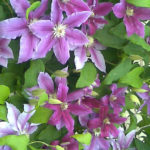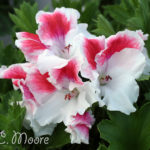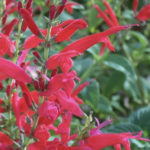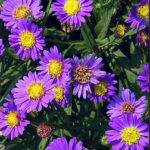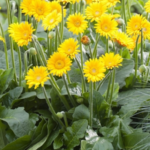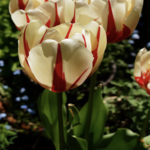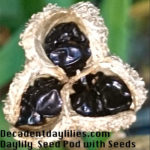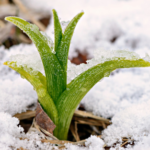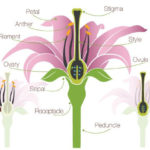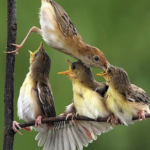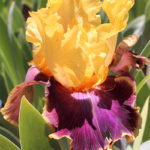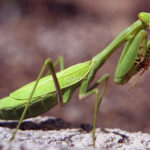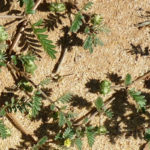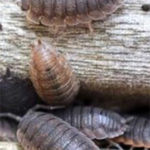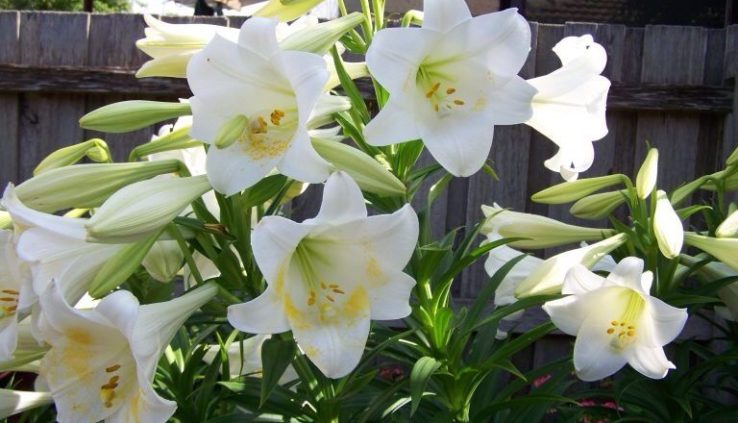
November Lilies Christmas Lilies
November Lilies Care How to Grow Christmas Lilies
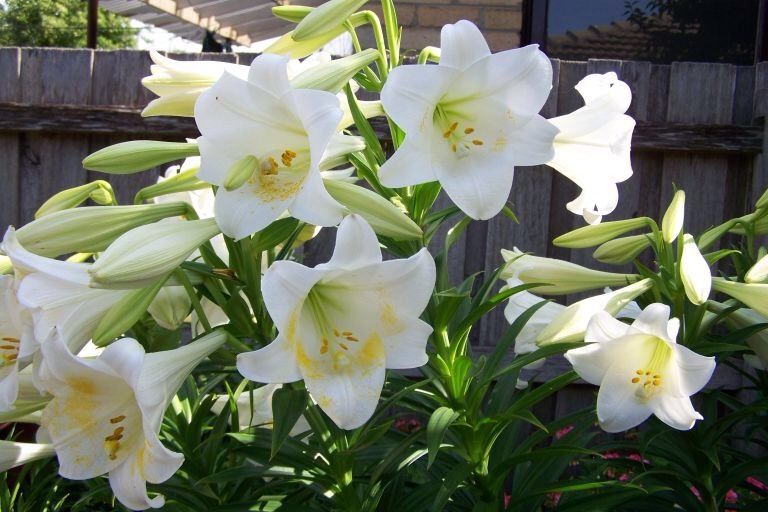 November lilies are known in different common names in different parts of the world. They are also called as Christmas lilies, Easter lilies, white trumpet lily, etc. The scientific name of the plant is Lilium longiflorum and is a native to Southern Japan and Taiwan, where they grow in meadows and woodlands. These plants have fleshy bulbs. In cooler climatic areas the plant is called as Christmas lily and in warmer climate areas they are known as November lily. They are the perfect flowers for florist needs as they will last for several days when kept in vases. These plants are very easy to cultivate.
November lilies are known in different common names in different parts of the world. They are also called as Christmas lilies, Easter lilies, white trumpet lily, etc. The scientific name of the plant is Lilium longiflorum and is a native to Southern Japan and Taiwan, where they grow in meadows and woodlands. These plants have fleshy bulbs. In cooler climatic areas the plant is called as Christmas lily and in warmer climate areas they are known as November lily. They are the perfect flowers for florist needs as they will last for several days when kept in vases. These plants are very easy to cultivate.
Plant description
The November lily plants grow to a height of 50 cm to 1 m and have long, unbranched and erect stem above the ground from which the leaves originate. The leaves are glossy dark green in colour and are lance shaped. The leaves are about 18cm long and 2.5 cm wide. The flowers of this Lilium variety are pure white and trumpet shaped. There are six petals and six stamens in the flower and has dark yellow anthers. Flowers arise in clusters of 2-6 and are highly fragrant. Blooming occurs usually in summer.
Growing conditions
Lilium longiflorum prefers moist and humus rich soil which is well drained. They grow well in full sun or partially shady areas. During the growing season, the plant requires watering regularly and needs reduced watering during the dormant season. They can withstand soil alkalinity and also grow well in seas side conditions where there are chances of salt sprays. The most appropriate planting time is winter to spring. The planting width of this plant is about 20-40 cm as they will go into clusters. They can be also grown in pots with a specific potting mix. The soil around the bulbs should be free of any weeds and should be mulched lightly. It has been found that these lilies tend to have better blooms after cold winters. In winter the bulbs should be mulched to give protection from cold.
Propagation
It can be easily propagated by using the bulbs. You need to bury the bulbs 10-15 cm deep in the soil. The bulbs should be planted soon after diving to prevent the bulb from drying out. It can also be propagated using seeds. The seeds of the plants should be sown on the medium and should not be buried in the soil. When planting the bulbs in pots, make sure that the pot is at least 20cm wide and there are not more than 3 bulbs in a pot. There is no need to divide the Easter lilies as frequently as the other lilies.
Pruning November Lilies
You can remove the flower heads after the flowers start to fade. When the foliage dies off completely cut down the plant to ground level.
Fertilising
Before planting the bulbs, prepare the soil by adding well- rotted organic manure or using complete fertiliser. Add liquid fertiliser when the buds start to appear.
Pests
These plants are generally resistant to pests. The most common pests are the aphids which can be controlled with appropriate pesticides.
While plants like Christmas Poinsettias and Christmas Trees are normally safe for pets, other plants like Holly, Amaryllis, Daffodils, and Christmas Lilies are considered highly toxic.


